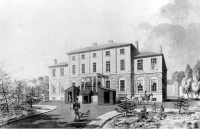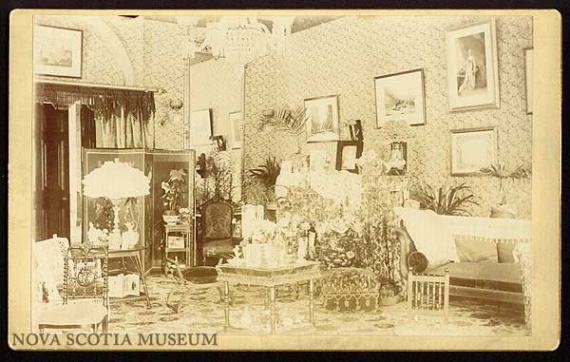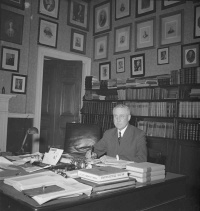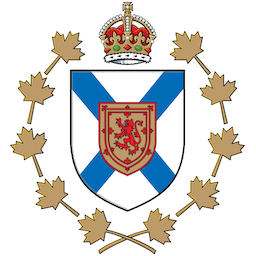The Story of Government House
When he arrived in Halifax in 1792, Sir John Wentworth objected strongly to the squalid conditions of the dank, less-than-luxurious Governor’s residence. In letters he wrote back to England, he described the residence as being of “green wood and rotten timbers” and, “in danger of falling into the cellar.” Entertaining royal visitors was not in the cards under those conditions.

Wentworth, being a clever and resourceful man, quickly set out to correct the situation.
He noted that the government of Nova Scotia had purchased a property to be used for the new legislative assembly building (Province House). However, given that Halifax was significantly smaller 215 years ago, it was determined that these lands were too far out of town to make them appropriate. This parcel of land was essentially, surplus.
Wentworth saw his opportunity. He persuaded the legislative assembly to provide a budget for plans, estimates and lands, and pass an enabling act. With that, Government House moved from a dream to a possibility.
Plans for Government House were commissioned and modeled upon a proper English country manor home.
He saw the plot of land upon which Government House would be built – with its commanding view of Halifax harbour, lush greenery and rich soils – as the perfect setting for a manor home befitting a man of his stature and that of his wife, Lady Frances.

The overall architectural style of Government House is Georgian – popular in England and the colonies between 1720 and 1840. The manor features classic Georgian design elements such as symmetrical windows, hipped rooflines and chimneys on either side of the home. These are telltale characteristics of Georgian design.
In the course of building Government House, nearly all construction materials were assembled from across Nova Scotia. It was – and remains – a true, ceremonial home for Nova Scotia, built by Nova Scotians, for Nova Scotians.
The stone used to construct Government House was from Pictou, Antigonish, Cape Breton, Lunenburg, Lockeport, Bedford Basin, and the North West Arm. Wood came from the Annapolis Valley, Tatamagouche and Cornwallis. Sand was brought from Shelburne, Eastern Passage and McNamara's Island. Bricks came from Dartmouth. Very few materials came from abroad, but among those, mahogany for the doors was sourced from Cuba and Belize, while Scottish slate was used for the roof.
Below is an image courtesy of the Nova Scotia Museum. It's a Carte de Visite featuring the Drawing Room at Government House as it was during the term of Sir Malachy Bowes Daly who was Lieutenant Governor for part of the Victorian period, between 1890 - 1900. You will note that the only features remaining in the room today are the doors, mirrors and chandelier.

More recent updates have been dictated by pragmatic needs – lighting, communication, and fire protection and alarm systems. Nothing, however, was as extensive, nor as impressive as the three-year, $6.25-million renovation of Government House completed in November 2009.

Government House is truly a treasure for Nova Scotia and Canada. It remains one of the single-most important parts of our provincial and national history as the oldest consecutively occupied government residence, and one of the oldest such official residences in North America. Government House rivals the White House, in Washington D.C. for that title.
Government House has hosted more than a dozen Royal Visitors in 210 years, some several times. It was a command post during the 1917 Halifax explosion. Thousands upon thousands of national and international dignitaries have walked through the threshold of the house. No stone was left unturned in the recent renovation and it is ready for another 200 years of service to Crown and Country.
